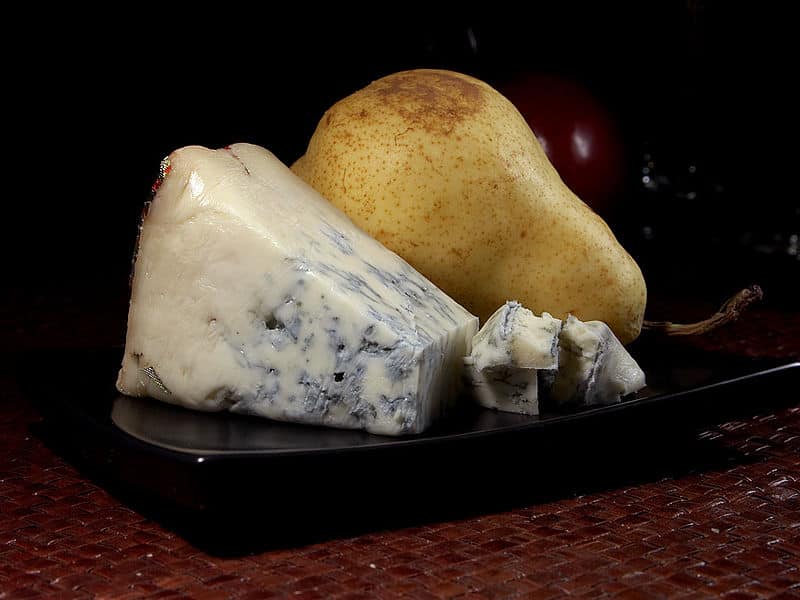Bleu Cheese – Gluten free or not? And More Importantly, What To Look For…
One of the many foods you must be aware of is cheese. Many kinds of cheese are OK, but some can be gluten contaminated. One of those kinds is bleu cheese.
Bleu cheese is somewhat misunderstood. There is a lot of confusing information about it. For example, the mold used in the cheese-making process can be acquired in the traditional way (from bread), or cultured from another (non-wheat based) source.
“MOLD????”
Yes, the bleu in bleu cheese is created by mold. Bleu cheese is an ordinary cheese that has been ripened through the process of bacteria acting on the Penicillium Roqueforti mold that has been introduced during the cheese-making process. The mold creates the veins in the bleu cheese.
There are different kinds of bleu cheeses – Roquefort, Gorgonzola, and Stilton to name a few. Roquefort was originally made using bread as the mold medium. And that’s where all the confusion comes about for Celiacs. Anything that may or may not has used bread in the process can potentially make me and you sick. That’s what the people at “curdnerds” are talking about when they say the Roquefort is made in the “traditional way”.
Today, most bleu cheese is not made using a bread medium. The mold is grown in a controlled laboratory using mold created from prior batches without bread. I never did find out what medium is used, but it appears to be some kind of scientific mold-growing medium that wouldn’t mean a thing to most of us.
Roquefort is the only bleu cheese that has ever been made using mold grown on bread. There are brands, such as Papillon, that continue to produce Roquefort the old-fashioned way, but most brands don’t include bread anymore.
Block cheese is the safest bleu cheese to eat. It has no gluten unless it has been added, so I always read the label when I buy block bleu cheese. But salad dressings are trickier. Most salad dressings not labeled “gluten free” are going to have gluten even if just as the thickener.
To be honest, I did not find that many companies that will label their bleu cheese dressings as being gluten free. That makes me suspicious right away. But you can look at www.saputo.com and find some gluten free blue cheese and Gorgonzola. Also, Kraft, Cracker Barrel, Crystal Farms and Athenos make gluten free bleu cheese and bleu cheese dressing. There is also gluten free Stella Asiago bleu cheese.
I must caution you again to always read the label before you try a new brand of dressing. I personally don’t automatically take the words “gluten free” on a label at face value. I like to verify it in two ways. First I read the label. Then often I email the company and ask them to verify it’s gluten free so I have a written response.
There are many brands that sell bleu cheese dressings that don’t contain gluten. Even if you’re gluten intolerant, you can keep eating bleu cheese dip if you shop carefully.








i choose to eat gluten free because I’m a diabetic. Almost all of the gluten free products have sugar in them, so I don’t buy them. Do you know of products that do not contain sugar?